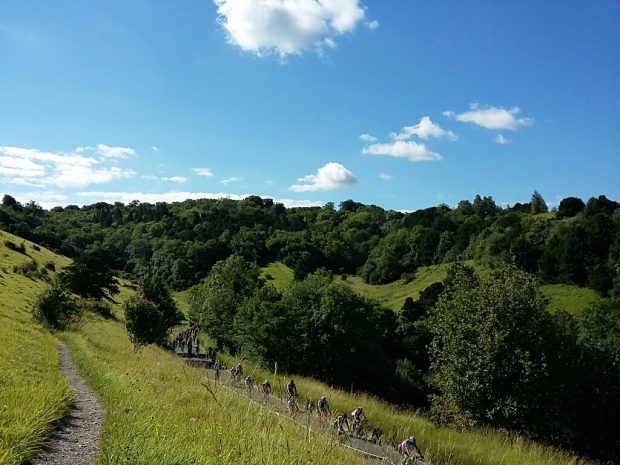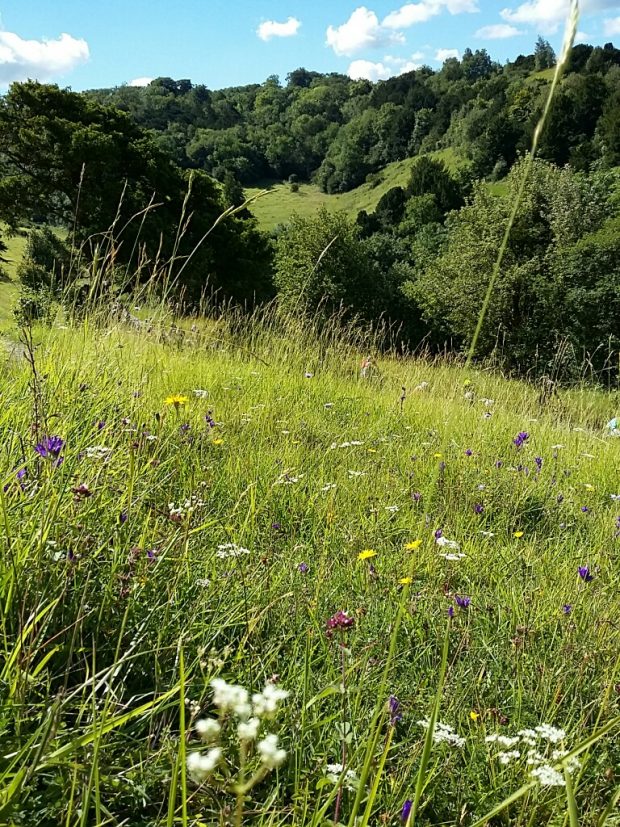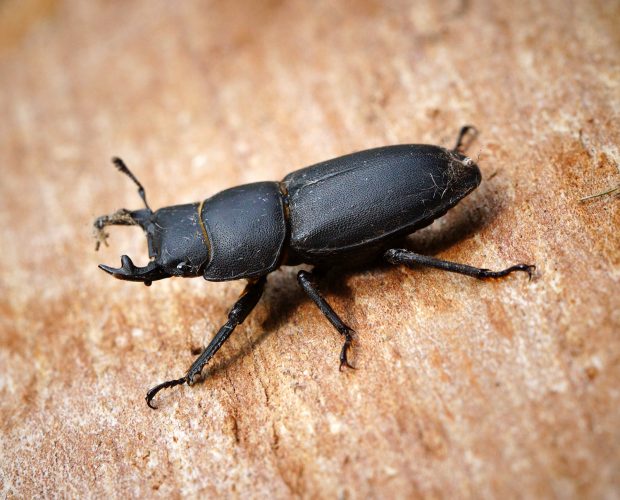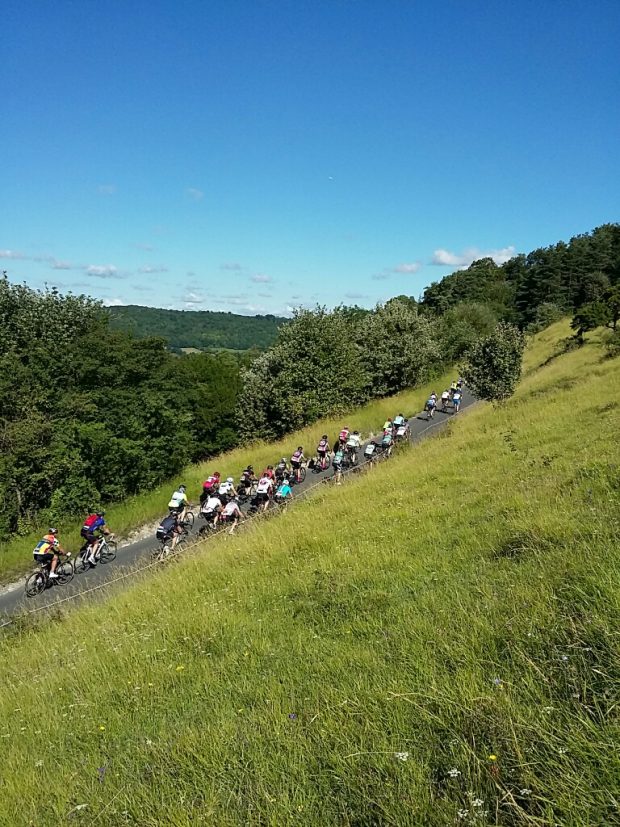Georgina Terry, Land Management and Conservation Advisor at Natural England considers the challenges and rewards of working on a major sporting event across some of the most precious habitats and landscapes in Surrey and West London.
A legacy of London 2012, Prudential RideLondon is a world-class festival of cycling now in its fifth year, taking place over this weekend (28-30 July 2017). The 100 mile challenge showcases some of the South East’s most beautiful and significant wildlife sites. These include Royal Parks and World Heritage Sites within nationally and internationally important landscapes, accessible by millions.

Site protection
While providing a magnificent backdrop to the race, these sites are protected by law, and require careful management to ensure they are not damaged through race activity. Prudential RideLondon has worked closely with partners including Natural England, the Wildlife Trusts, National Trust, the Royal Parks and local councils to assess the ecological impacts on these venues, taking action to ensure the race can be enjoyed without damaging the environment.
The event starts in East London, with the route running through Richmond Park, a Site of Special Scientific Interest (SSSI), a Special Area of Conservation (SAC) and a National Nature Reserve (NNR), before heading south through the Surrey Hills Area of Outstanding Natural Beauty via Leith Hill, a SSSI, to Box Hill, an SSSI and an SAC known for its orchid rich grassland, for the climb section. The return route runs alongside Wimbledon Common, another SSSI, before returning to central London.

The challenges of 25,000 amateur cyclists and the professional road race that follows, wheeling through these protected sites requires careful management as any damage by race activity, including spectators, could be very harmful to the habitats and species within the sites as well as endangering the future of the race itself.
Partnering for success
By working closely with Natural England and partners in preparing for the event, the event organisers have ensured that mitigating measures have been put in place for the race. This has included building on species and habitat surveys originally undertaken for the Olympics, to continue learning about the vast array of wildlife to be found en route, some of which is rare and endangered, and taking steps to ensure that they are not disturbed. One example is the small blue butterfly, where the population is carefully managed having been discovered for the first time at Box Hill after surveys were carried out for London 2012.

Richmond Park is a site of both national and international importance for nature conservation, and one of the most famous sites in the UK for its ancient trees, especially veteran oaks. There are about 1,200 ancient trees in the park, which support a diversity of fungi, some nationally rare, and provide homes for a wide range of wildlife, from ants and beetles to birds and bats. Over one thousand species of beetle have been recorded in the park. These include the rusty click beetle and the cardinal click beetle. The presence of the distinctive stag beetle was instrumental in the Park’s designation as an NNR and an SAC.

Sensitive woodland, veteran trees and dead wood are fenced off to prevent crowd pressure and climbing damaging fragile trees and the wildlife that thrive there. Fencing also helps to ensure rare invertebrates (including ant hills) are undisturbed and minimum disturbance to the resident deer herd.
Educating spectators
Part of the preparation is education. Signage and public address announcements inform visitors about the reasons for fencing (at Richmond Park), and offer information about the wildlife on site, including guidance on what to do to minimise disturbance. The Royal Parks at Richmond Park and the National Trust at Box Hill provide site staff and volunteer wardens who protect and educate, raising the profile of these important sites by informing visitors of their wildlife value. This includes species that we are protecting, such as the elusive straw belle moth, present in the UK only in the North Downs, and species to look out for, such as the marbled white butterfly and vibrant pyramid orchids!
Above all, spectators and participants of the event should enjoy the experience of being outdoors in some of the most special landscapes in the wider area. Whether it’s spotting some of the 144 species of birdlife in Richmond Park, admiring the spectacular views from the top of Leith Hill or looking out for orchids or stunning chalkhill blue butterflies on the chalk downland of Box Hill, the cycle route offers much for all. Working together with Prudential RideLondon to protect the precious habitats that surround the cycle route provides the opportunity to for people to appreciate them and ultimately learn more about how we can protect them for future generations.

Get involved this weekend and watch the spectacle from these beautiful, protected parks: https://www.prudentialridelondon.co.uk/